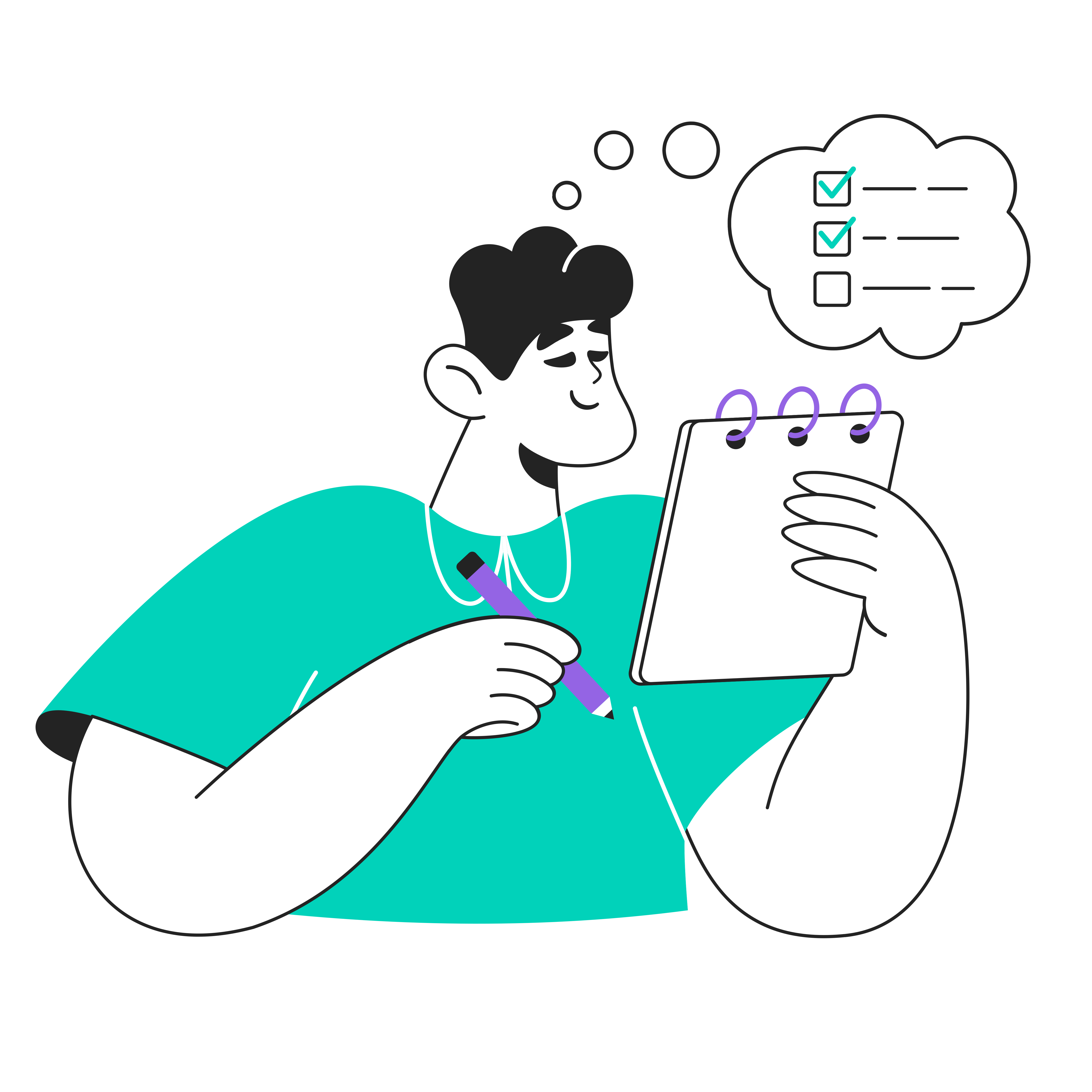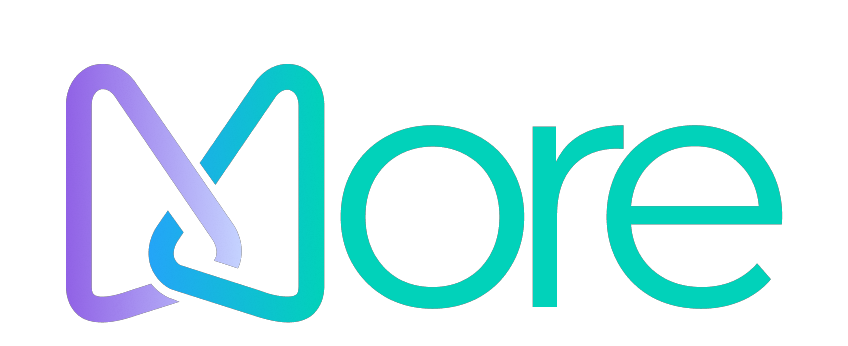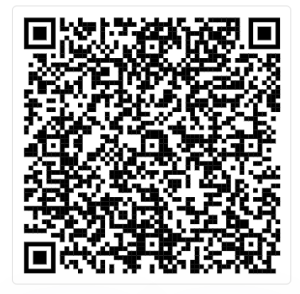
Dive into the world of gamification where fun fuels function! This glossary clarifies key terms for mastering gamified employee engagement and learning. Discover how the power of play transforms teamwork, feedback, and training into active, enjoyable experiences.
Gamification:
The application of game-design elements and game principles in non-game contexts to motivate and enhance user activity and engagement.
The right way to think about gamification and design isn’t what game elements we put into it… It’s about how we put them together so that the whole is greater than the sum of the parts.
— Sebastian Deterding, Designer and Researcher at the Hans Bredow Institute for Media Research
Leaderboards:
A common gamification feature that ranks users based on their achievements and performance metrics, visible to all app users to stimulate competition and motivation.
Leaderboards motivate the top performers to continue performing at their peak, but careful design is required to ensure they also motivate the middle performers to ascend
— Andrzej Marczewski, Gamification Consultant and Author
Points System:
A fundamental element in gamification where users earn points for completing tasks or challenges. These points can lead to rewards and help in tracking progress.
Points are a proxy for progress; they are a way of providing instant feedback to the user, letting them know they are on the right track
— Jesse Schell, Game Designer and Professor at the Entertainment Technology Center, Carnegie Mellon University
Challenges:
Tasks or activities designed to be completed within a specific timeframe, which can be competitive (against other users) or cooperative (with team members).
Challenges in gamification are about leveraging the motivational pull of the goal just beyond reach
— Richard Ryan, Psychologist and Co-creator of Self-Determination Theory
Badges:
Digital icons awarded to users for specific achievements or milestones in the app. Badges serve as a tangible representation of a user’s skills, accomplishments, or experiences.
Badges serve as a roadmap for learning and a reflection of skills acquired, not just achievements unlocked.
— Barry Fishman, Professor of Information and Education at the University of Michigan
User Journey:
The path a user follows within the app, typically designed to be increasingly challenging to maintain engagement and encourage continuous improvement.
The key to designing an effective user journey in gamification is to create experiences that connect users’ actions to outcomes in ways that are meaningful from their perspective.
— Amy Jo Kim, Game Designer and Startup Coach
Incentives:
Rewards offered to motivate and encourage desired behaviors within the app. These can be intrinsic (satisfaction from achieving a challenge) or extrinsic (rewards, recognition).
Incentives are not just external motivators but can be powerful tools to enhance intrinsic motivation when aligned with personal and professional values.
— Teresa Amabile, Professor and Director of Research at Harvard Business School
Employee Engagement:
A workplace approach resulting in the right conditions for all members of an organization to give of their best each day, committed to their organization’s goals and values, motivated to contribute to organizational success, with an enhanced sense of their own well-being.
Employee engagement is about understanding one’s role in an organization, and being sighted and energized on where it fits in the organization’s purpose and objectives.
— Maya Hu-Chan, Global Leadership Strategist and Author
Collaboration:
The process of two or more people or organizations working together to complete a task or achieve a goal. In the context of a gamification app, it refers to the tools and activities designed to enhance cooperative working among employees.
Effective collaboration involves deep collaboration, or the ability to focus on your work while aware of the context in which it’s embedded.
— John Seely Brown, Former Chief Scientist of Xerox Corp and Director of Xerox Palo Alto Research Center (PARC)
Feedback Mechanisms:
Features within the app that allow users to give and receive feedback on performance, often in real time, which can include digital rewards, points, or badges to encourage participation and improvement.
In games, feedback is immediate and clear. Applied to the workplace, timely and transparent feedback can transform employee engagement by clearly signaling progress and achievements.
— Kevin Werbach, Professor at the Wharton School, University of Pennsylvania, and author of “For the Win: How Game Thinking Can Revolutionize Your Business”
Teamwork:
The combined actions of a group of people, especially when effective and efficient. The app leverages game mechanics to foster better teamwork by making cooperation more engaging and rewarding.
Effective teamwork in a gamified environment is about leveraging the diverse strengths of team members to achieve common goals, creating a synergy where the collective outcome is greater than the sum of individual efforts.
— Jane McGonigal, Game Designer and Author of “Reality is Broken: Why Games Make Us Better and How They Can Change the World”
Employee Wellbeing:
Encompasses the mental, physical, and emotional health of employees. Gamification can contribute to wellbeing by making work more engaging, reducing stress, and encouraging healthy competition and social interaction.
Organizations should care about the health of their people. They need to establish systems to monitor it, and they have to take it seriously. If they do, the returns are considerable.
— Jeffrey Pfeffer, Professor of Organizational Behavior at Stanford University and Author of “Dying for a Paycheck”
Training Modules:
Interactive and gamified sessions within the app that focus on skill development and learning, designed to be both educational and engaging to enhance retention and participation.
Gamified training modules harness the motivational power of games to transform learning into an engaging, interactive experience that not only educates but also entertains, ensuring that the knowledge sticks.
— Karl Kapp, Professor of Instructional Technology and author of “The Gamification of Learning and Instruction”
Help Us Grow Our Glossary
Your insights are invaluable to us! If there are terms related to gamification and employee engagement that you think should be included in our glossary, we want to hear from you. Please take a moment to share your suggestions below. Your contribution not only helps improve our glossary but also enriches the learning experience for all users.

